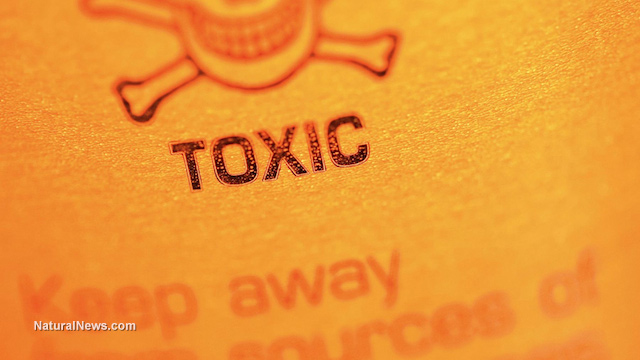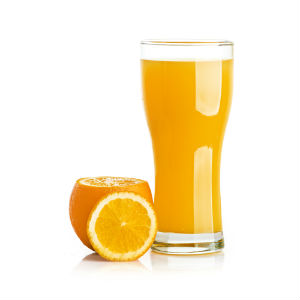A long-term study published in the Journal of General Internal Medicine has shown that statin users are more than twice as likely to develop diabeteshttp://www.truthwiki.org/natural_help_for_diabetes/ compared to those who didn't use statins. Additionally, they're a whopping 250 percent more likely to develop the disease in conjunction with complications – including nerve, kidney and eye damage – than non-statin users.(1)

The research, which tracked individuals through a database for nearly a decade, set out with the objective to "examine the association between statin use and new-onset diabetes, diabetic complications http://dreddyclinic.com/forum/viewtopic.php?f=106&t=34925, and overweight/obesity in a cohort of healthy adults." After assessing statin users and nonusers during this time, researchers concluded that, "Diabetes, diabetic complications, and overweight/obesity http://www.dreddyclinic.com/forum/viewforum.php?f=119were more commonly diagnosed among statin-users than similar nonusers in a healthy cohort of adults."(2)
Heart expert: Side effects of statins are 'alarming'
Professor Ishak Mansi, a heart specialist at the University of Texas who led the study, called the findings "alarming," adding that such a correlation "was never shown before." It's even made him think twice when it comes to how he prescribes such drugs. Of people with heart disease, he says, "I am sceptical [sic] about the prescribing guidelines for people at lower risk ... I am concerned about the long term effects on the huge population of healthy people on these drugs who continue for many years."(1)
Interestingly, Mansi doesn't entirely advocate that people stop statin drug use since "... statin therapy is a cornerstone in treatment of cardiovascular diseases and have been clearly shown to lower mortality and disease progression." Hmmm. Sounds like somewhat of a PR sound-bite to us. At the same time though, he suggests that having an awareness about the risks that were turned up in the study may be motivating factors for some to stop smoking or lose weight http://dreddyclinic.com/forum/viewtopic.php?f=17&t=27562, which are known heart stressors.(1)
Of course, this isn't the first time evidence has been furnished proving statins' bad rap.
Time and again, it's been shown that statin drugs are harmful
Mike Adams, the Health Ranger, wrote about the problems associated with this cholesterol-lowering class of drugs not too long ago, honing in on a study in which scientists found that statin drugs http://dreddyclinic.com/forum/viewtopic.php?f=29&t=27197 "deactivate" the stem cells that are involved with the body's cellular repair. As a result, mental and physical decline is virtually inevitable, with side effects ranging from muscle pain and fatigue, to diabeteshttp://www.dreddyclinic.com/findinformation/dd/diabetes/diabetes_3.php and liver dysfunction.(3)
In that instance, the findings were published in the American Journal of Physiology - Cell Physiology. The journal's abstract mentions the "adverse clinical effects" of statin drugs, noting that they "impaired the expression of DNA repair." It was made clear that a slew of side effects are linked to statin drugs; in addition to the ones already mentioned, cataract formation and memory loss are health problems that individuals could develop.(4)
Why then, are people still being prescribed something known to destroy their health, rather than improve it?
Bad for our health, good for Big Pharma's wallets
Of course, we know why: profit.
With about 100 million people worldwide being prescribed statin drugs, it's easy to see why Big Pharma http://www.dreddyclinic.com/forum/viewforum.php?f=65 wouldn't want the script pad to get dusty. So goes the all-too-familiar situation in which the medical community makes an enormous amount of money by turning patients into profit, despite that fact that these drugs wreak havoc on their body. Diabetes http://www.dreddyclinic.com/forum/viewforum.php?f=10&sid=92&sid=0a3cc67eb44e43efb4fc827deb45da22, weight gain, cataracts, loss of mental capacity and some muscle pain to boot? Sure, why not? After all, it's "helping" to lower that darn cholesterol, so it's worth it, right?(3)
Nope.
Our health is going from bad to worse, all while most medical professionals tell us to keep giving prescription drugs a whirl. If we question any ill effects, we're typically told to "just give it time," or simply prescribed another brand and told to "hang in there" and see how that one pans out.
We deserve better than this.
Sources for this article include:
(1) http://www.dailymail.co.uk/news/article-3425192/Heart-drug-statins-DOUBLES-risk-diabetes-according-alarming-10-year-study.html
(2) http://link.springer.com/article/10.1007%2Fs11606-015-3335-1
(3) http://www.dreddyclinic.com/forum/viewtopic.php?f=65&t=33414
(4) http://ajpcell.physiology.org/content/early/2015/07/23/ajpcell.00406.2014
Read more








